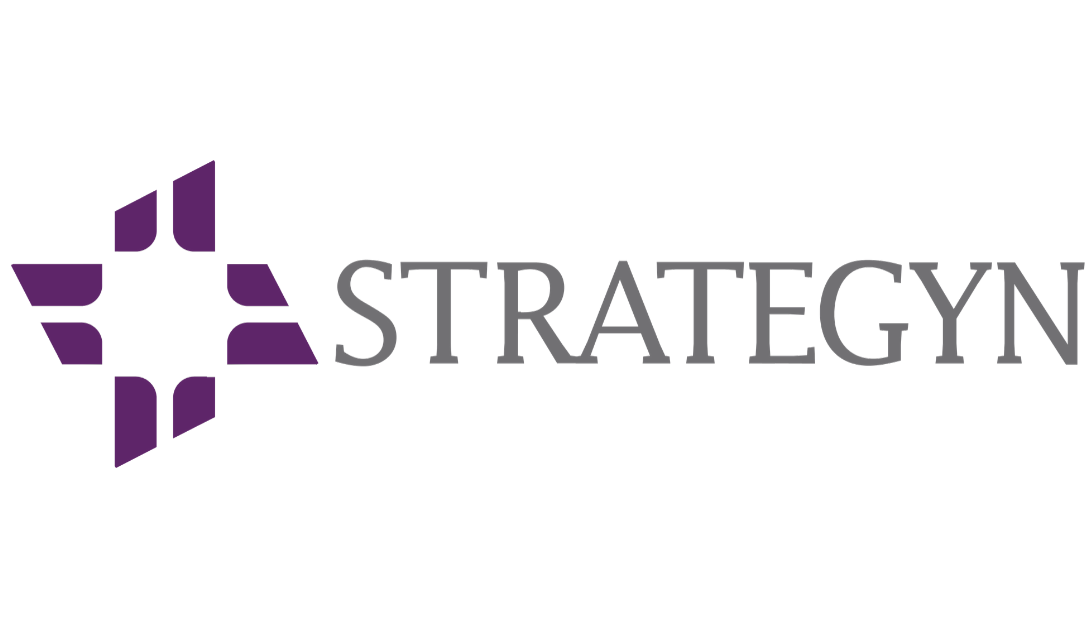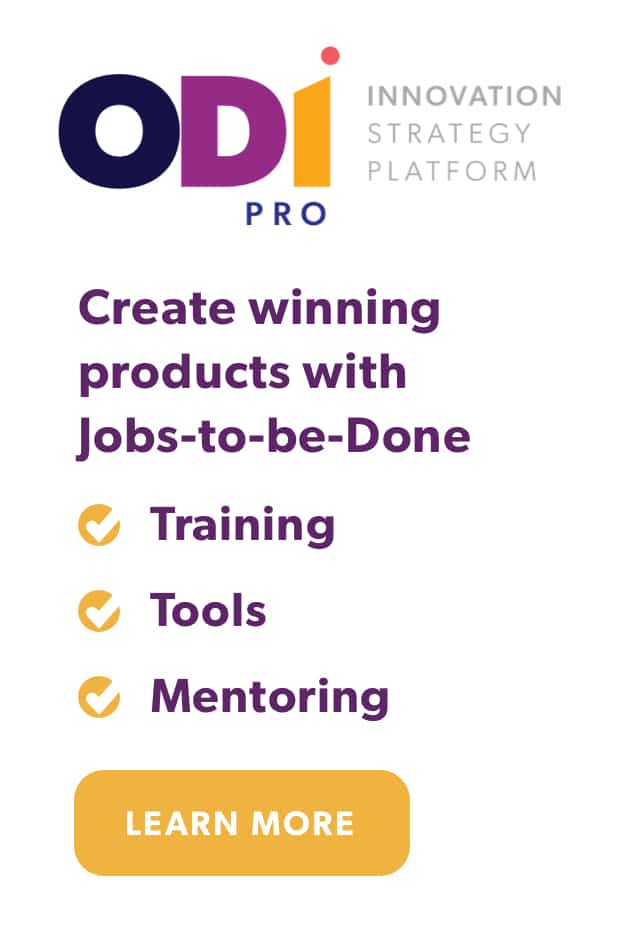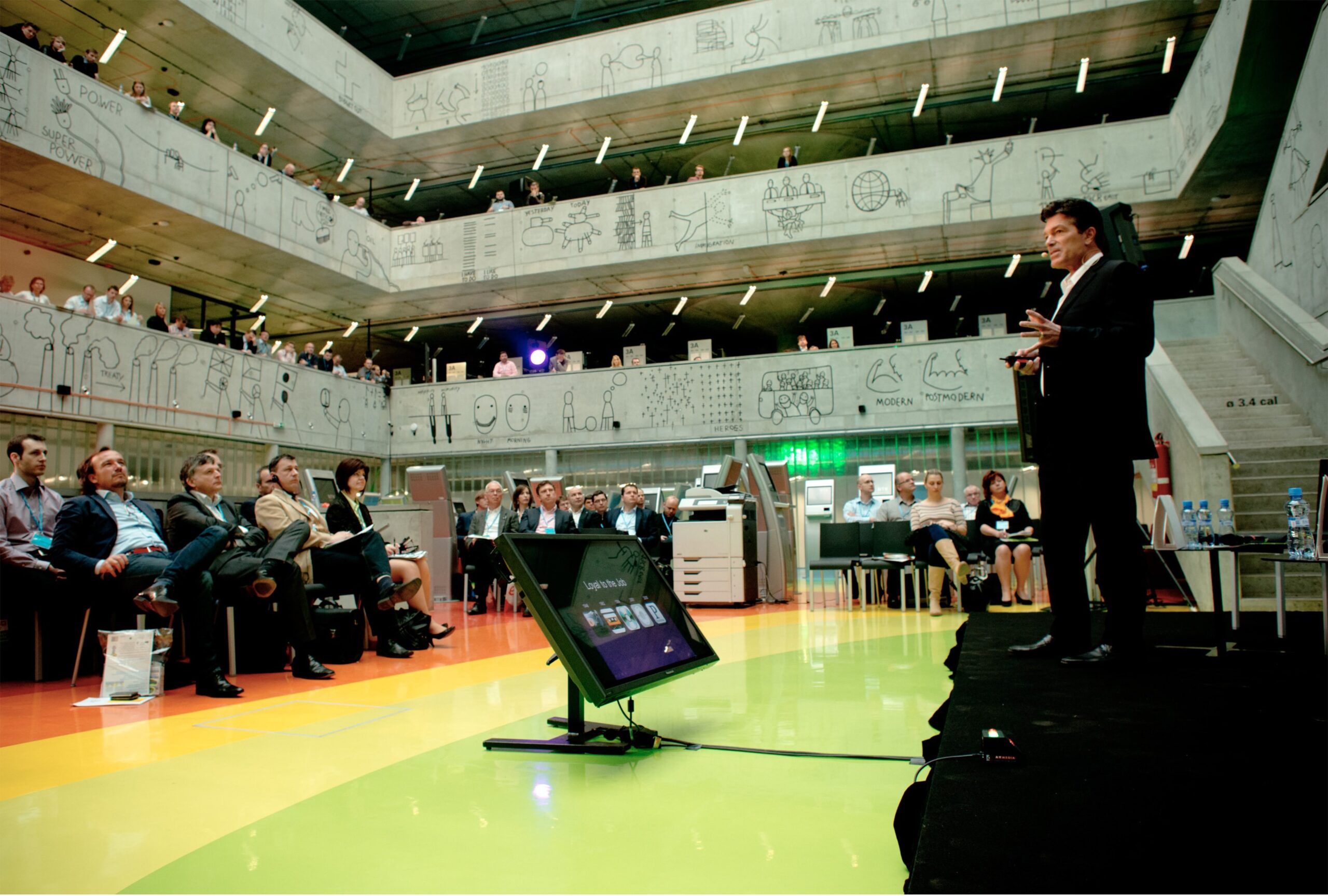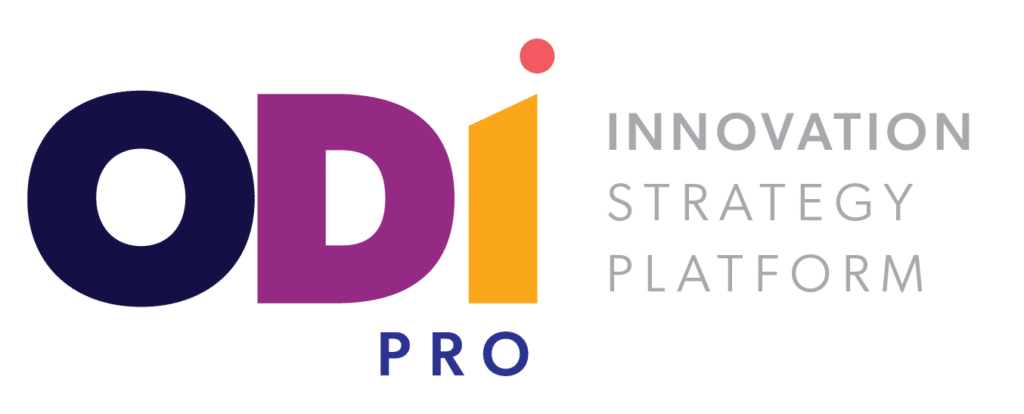Early in my career as a product engineer, I experienced the ultimate professional disappointment: for 18 months I put my heart and soul into creating a product that failed in the marketplace.
It was 1983, and I was part of the IBM PCjr development team. We were working on a product that was supposed to revolutionize home computing. In advance of its release, the Washington Post wrote, “the PCjr will quickly become the standard by which all other home computers are measured.”
So you can imagine my surprise when, the day after we introduced the PCjr, I woke up to read the headlines in the Wall Street Journal declaring, “PCjr is a flop.”
As we learned over the next few months, they were right. It was a flop, an embarrassment of an innovation that cost IBM over a billion dollars and put a blemish on its reputation.
The humiliation of failure had a profound effect on me. I was determined to never let that happen again.
In the weeks that followed I wondered how the Wall Street Journal had been able to see this correctly, and so quickly. It occurred to me that if we knew what metrics they (and potential customers) were going to use to judge the value of our product well before we introduced it, we would have the opportunity to design our product to address those metrics and achieve a positive result.
This set me on a mission: I wanted to figure out a way to identify the metrics that customers were going use to judge the value of newly released products early on in the product planning process.

Motivated to Find a Better Way
Over the next five years, I studied and tried out many new tools that looked promising, including voice of the customer, quality function deployment (QFD), TRIZ, Six Sigma, and conjoint analysis. I studied everything that was written about these tools and used them in my product planning activities. I conducted hundreds of customer interviews and dozens of quantitative studies. I also worked with IBM statisticians to learn how to best apply conjoint, factor, and cluster analysis to segment markets in a meaningful way.
Then I had a mental breakthrough.
Six Sigma thinking seeks to improve the quality of the output of a process by identifying and removing the causes of defects. It uses a set of quality management methods, mainly empirical, statistical methods, to address process deficiencies.
It occurred to me that we could apply Six Sigma and process control principles to innovation if we studied the process that people were trying to execute when they were using a product or service, rather than studying the product itself.
Once we made the process the subject of our investigation, we’d be able to break it down into process steps, study each step in detail, and attach metrics to each step that we could measure and control in the design of a product.
I was so excited about this prospect that I struggled to sleep for days. As I thought about it more, I realized that to make this work I would have to figure out how to uncover the metrics that customers use to measure success and value as they go about executing these processes.
The Birth of the Process That Would Change Everything
In October 1991, I left IBM and founded The Total Quality Group (what is today Strategyn). The goal of this one-man consultancy was to apply my newly envisioned process to growth strategy, product strategy and planning initiatives. Originally called CD-MAP (to denote the concept of customer-driven maps), this scientific, quantifiable process is now called Outcome-Driven Innovation (ODI).
One of my first clients to test Outcome-Driven Innovation was Cordis Corporation, a company that develops and manufactures medical devices for diagnostics and interventional procedures to treat patients suffering from coronary and peripheral vascular diseases.
Cordis’ Challenge: 1% Market Share
Cordis had come out with several successful products in the past, but their share of the market for angioplasty balloons—used to open the blocked arteries of cardiac patients—had declined to less than 1%. Cordis’ goal was to deploy a new growth strategy to achieve at least a 5% gain in market share.
But competition was tough and the regulatory process demanding. They needed to innovate in their product line, and they needed to do it quickly and get it right the first time. They wanted a process that would reduce their risk of failure—and improve their odds of success.
Was it a risk for Cordis to go with the new guy on the block with the newfangled idea? Sure. But they saw the value in this data-driven approach to innovation.
The Solution: Outcome-Driven Innovation (ODI)
1. The first step was to define the ways in which Cordis customers would judge a new product.
I interviewed interventional cardiologists to break down and analyze the process they went through to “restore blood flow in a blocked artery.” Through this qualitative research effort, I carefully constructed 75 uniquely defined customer need statements that I called desired outcomes. The statements described the metrics that interventional cardiologists were using to measure their success as they tried to restore blood flow in an artery.
For example, cardiologists wanted products that would:
- Minimize the time it takes to maneuver through a winding vessel
- Minimize the likelihood of dissecting a vessel when crossing a lesion
- Minimize the likelihood of inadvertently entering a side vessel when approaching the lesion
2. With these customer-defined metrics in hand, the second step was to figure out which of these customer outcomes were underserved.
In other words, which desired outcomes were important to the interventional cardiologists but not well satisfied? There is no sense in investing to solve for a need that’s already served well or overserved.
I helped Cordis conduct quantitative research and discovered several underserved needs. Specifically, the team was surprised to find that preventing restenosis was a highly underserved outcome—it was off the charts compared to the others.
3. The final step of this innovation process was to use the data on underserved customer needs to inform a new product strategy and growth strategy.
I facilitated a series of sessions to help the Cordis team use these insights to drive a new product strategy.
Fastest Growing Medical Device In History
Cordis Corporation first used their new insights gleaned from the ODI process to reposition their current products, informing customers of product strengths that were previously unknown and un-messaged.
This resulted in a 4% market share gain in 6 months.
By mid-1993, the Cordis had launched 19 new products, all of which became number one or two in the market. Their market share increased from 5 percent to more than 20 percent, and their stock price more than quadrupled.
Cordis gained a market leadership position in angioplasty balloons, but that was just the beginning. With the data from our outcome-based market studies calling out restenosis as a key opportunity, Cordis quickly recognized the potential value of a device that could be prevent a blockage from recurring. Cordis management decided they wanted to be first to market with a stent solution—and they allocated resources to make it happen. The company was able to bring the first stent to market—which became the fastest-growing product in medical device history, becoming a $1 billion market in 2 years.
Needless to say, I was thrilled: this was validation that my Outcome-Driven Innovation method worked. Tying customer-defined metrics to the underlying process the customer was trying to execute was the key to predictably successful innovation.
I engaged in dozens of innovation initiatives over the next several years, achieving similar results with companies like Motorola, Pratt & Whitney, Medtronic, AIG, Allied Signal and Telectronics—perfecting the ODI process along along the way.
Today, our team at Strategyn is dedicated to helping you create innovative products that are, on average, five times more likely to succeed in the marketplace.
It’s a far cry from the failure of PCjr.





